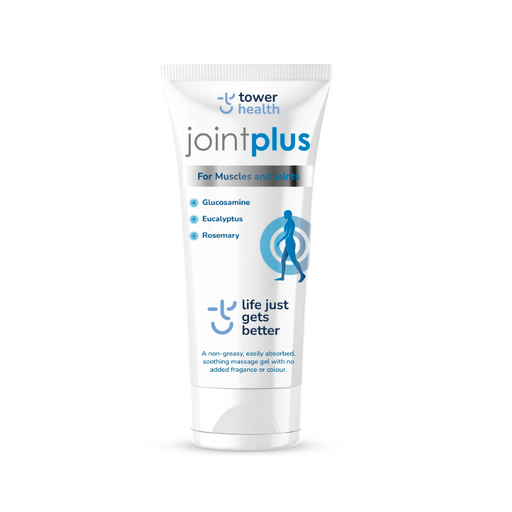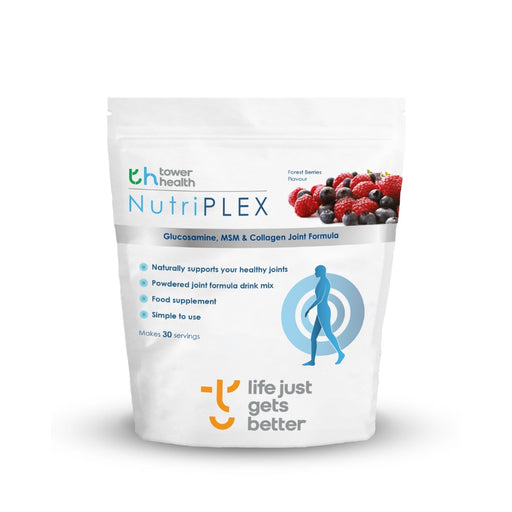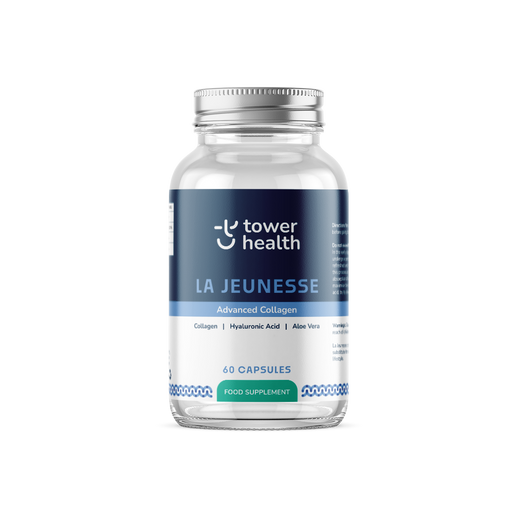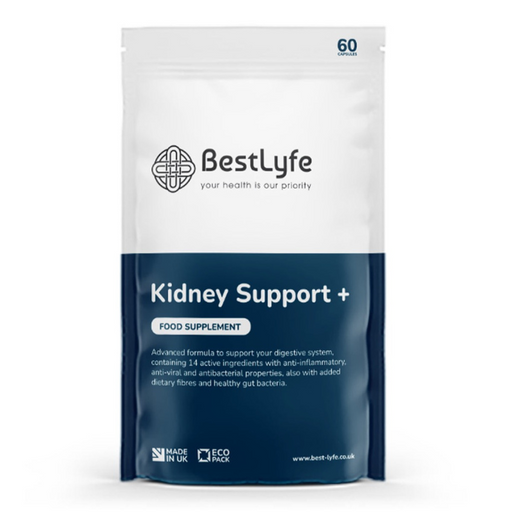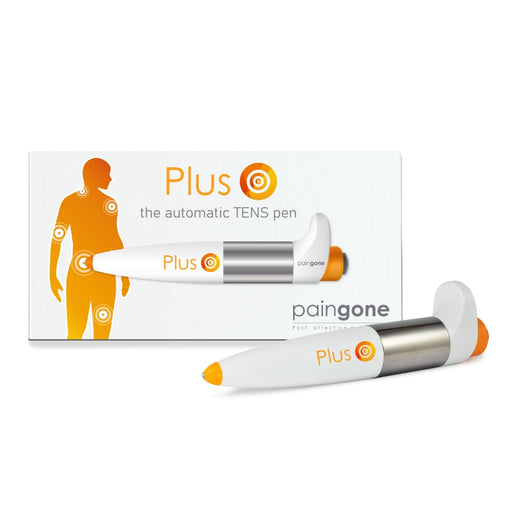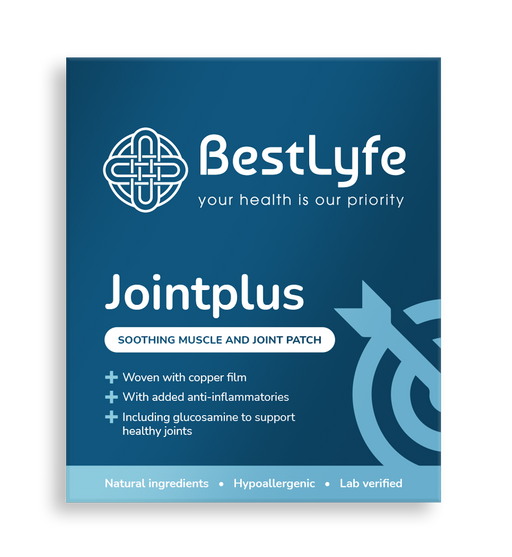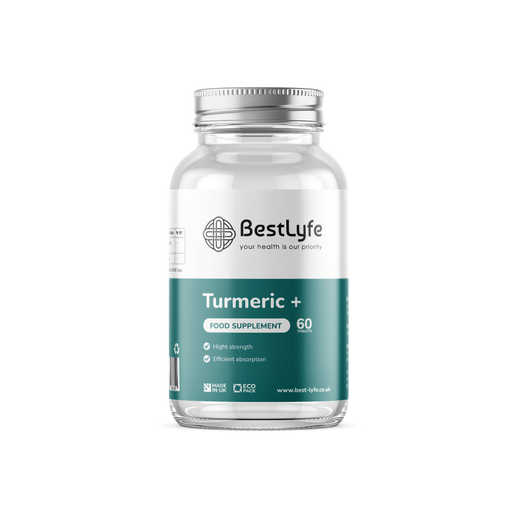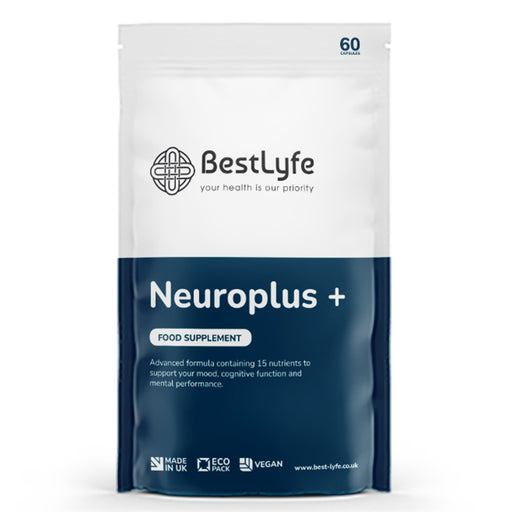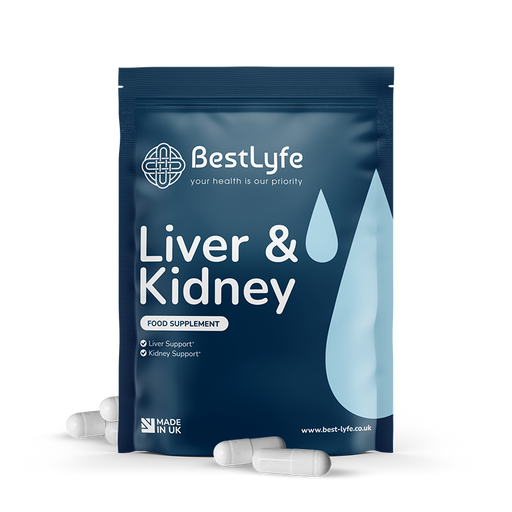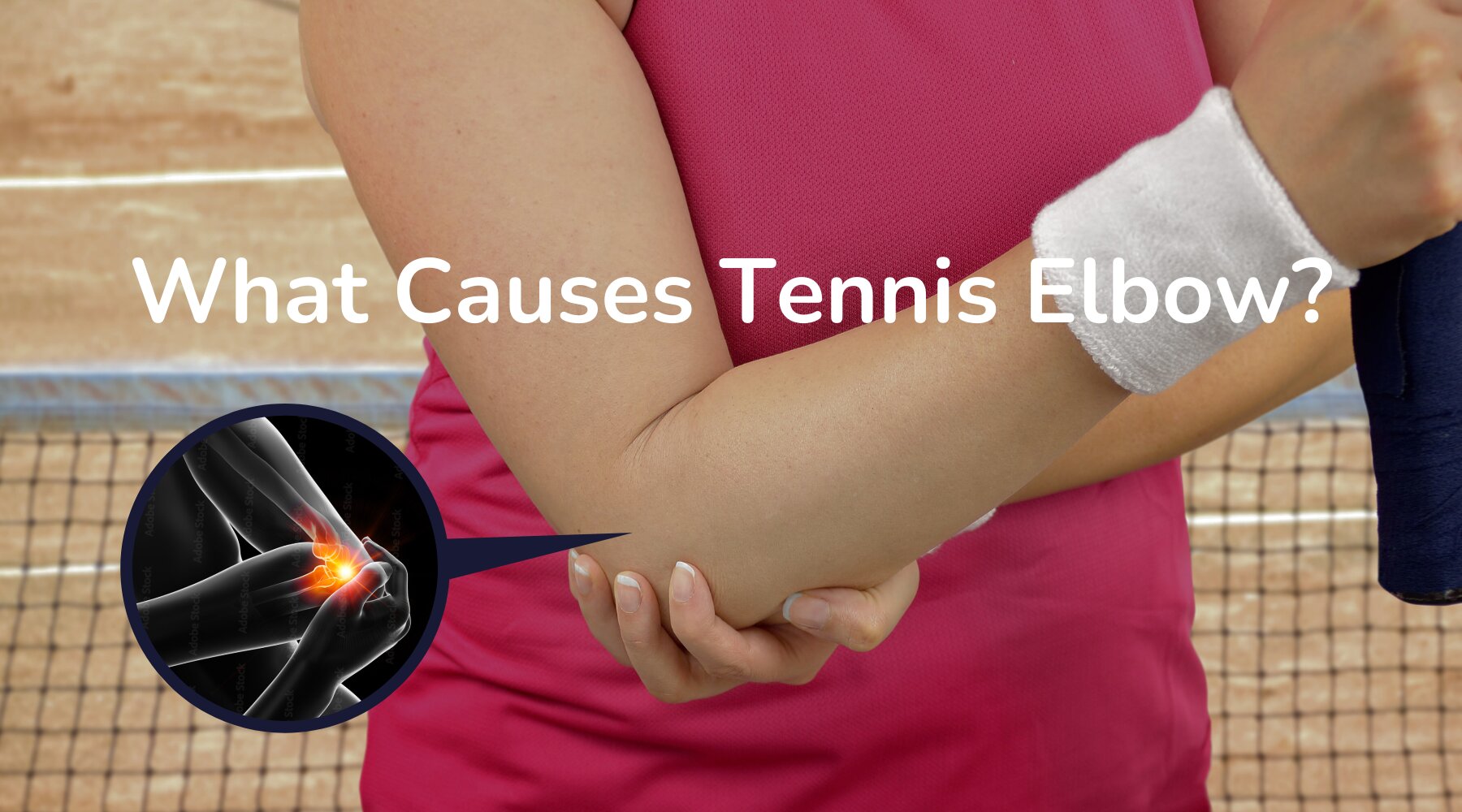
How Tennis Elbow Happens - Causes, Symptoms & Treatments
How does Tennis Elbow come about?
Tennis elbow, despite its name, is not exclusive to tennis players. This common condition, medically known as lateral epicondylitis, can affect anyone who engages in repetitive arm and wrist motions. Whether you're an avid tennis player, a passionate gardener, or spend long hours typing at a computer, understanding the causes of tennis elbow is crucial for prevention and effective management.
What is lateral epicondylitis?
Lateral epicondylitis, or tennis elbow, is an injury characterized by inflammation and microtears in the tendons that attach to the lateral epicondyle of the elbow. The lateral epicondyle is a bony prominence on the outer side of the elbow. This condition typically arises from repetitive stress or overuse of the forearm muscles and tendons, leading to pain and tenderness in the affected area. Despite its name, tennis elbow is not exclusive to tennis players and can occur in anyone who engages in activities involving repetitive gripping, twisting, or lifting motions. The injury often results in discomfort during gripping activities and a gradual onset of pain on the outer part of the elbow. Treatment approaches include rest, ice, anti-inflammatory medications, and specific exercises to strengthen and rehabilitate the affected tendons and muscles
How do I prevent Tennis Elbow?
Preventing tennis elbow involves adopting proactive measures to reduce strain on the forearm muscles and tendons. Here are some tips to minimize the risk of developing this condition:
-
Proper Technique: Whether you're playing tennis or engaging in other activities, ensure that you use proper technique and form. This reduces the stress on your forearm muscles and decreases the likelihood of injury.
-
Equipment Check: Make sure your sports equipment or tools are well-suited to your size and strength. Ill-fitting or heavy equipment can contribute to overuse injuries.
-
Warm-up and Stretching: Prioritize warming up before any physical activity and include stretching exercises for your forearm muscles. This helps improve flexibility and reduces the risk of strain.
-
Strength Training: Incorporate strength-training exercises for your forearm muscles into your regular fitness routine. This helps build strength and resilience, decreasing vulnerability to overuse injuries.
-
Rest and Recovery: Allow adequate time for rest and recovery between activities. If you start to feel discomfort, don't push through the pain—give your muscles the time they need to heal.
Symptoms:
Identifying tennis elbow is essential for early intervention. Common symptoms include pain and tenderness on the outer side of the elbow, weakened grip strength, and discomfort during wrist movements. Ignoring these symptoms can lead to chronic pain and increased difficulty in performing daily activities.
How to treat pain?
-
Pain Medications: Over-the-counter pain relievers like ibuprofen or acetaminophen can help manage pain and reduce inflammation.
-
Brace or Splint: Wearing a brace or splint can provide support and alleviate strain on the affected tendons.
-
Physical Therapy: Consult a physical therapist for specific exercises to strengthen and stretch the affected muscles and tendons
In conclusion
Best Selling Natural Health Products
-
Joint Plus - Glucosamine Joint Gel 200ml
Original price £17.95 - Original price £107.70Original price £53.85£17.95£17.95 - £86.16Current price £17.95in stockNourish and improve mobility with Joint Plus Glucosamine Gel Targeted anti-inflammatory action from natural ingredients that work in synergy to co...
View full detailsOriginal price £17.95 - Original price £107.70Original price £53.85£17.95£17.95 - £86.16Current price £17.95 -
Nutriplex: Collagen Rich Joint Health Supplement - Tower Health
Original price £29.95 - Original price £143.00Original price£29.95£29.95 - £143.00Current price £29.95In stockImprove Joint Health & Mobility with Nutriplex Reap the benefits of our collagen-rich joint health supplement, packed with essential nutri...
View full detailsOriginal price £29.95 - Original price £143.00Original price£29.95£29.95 - £143.00Current price £29.95 -
La Jeunesse Collagen Capsules 1200mg 60 Capsules - Tower Health
Original price £29.95 - Original price £134.11Original price£29.95£29.95 - £134.11Current price £29.95in stockIntroducing La Jeunesse Collagen: Your Comprehensive Skin and Joint Health Solution Discover La Jeunesse Collagen, a meticulously formulate...
View full detailsOriginal price £29.95 - Original price £134.11Original price£29.95£29.95 - £134.11Current price £29.95 -
Bestlyfe Kidney Support+
Original price £24.95 - Original price £149.70Original price £74.85£24.95£24.95 - £119.70Current price £24.95in stockCleanse, detox, repair and support your digestive system with Bestlyfe's Kidney Support+ Advanced formula containing 14 nutrients and vitamins to s...
View full detailsOriginal price £24.95 - Original price £149.70Original price £74.85£24.95£24.95 - £119.70Current price £24.95 -
Paingone Plus: The Automatic TENS Pen
Original price £49.95Original price £59.94 - Original price £59.94Original price £49.95Current price £42.95£51.54 - £51.54Current price £42.95in stockPortable, Automatic Tens pen AS SHOWN ON TV Introducing Paingone Plus – your go-to solution for rapid and efficient pain relief. This compact...
View full detailsOriginal price £49.95Original price £59.94 - Original price £59.94Original price £49.95Current price £42.95£51.54 - £51.54Current price £42.95Save 14% -
Jointplus Patches
Original price £29.95 - Original price £29.95Original price£29.95£29.95 - £29.95Current price £29.95in stockA natural upgrade on the glucosamine patches Natural ingredients - contains Glucosamine and Vitamin A,C & E 30x pack Discrete and convenient -...
View full detailsOriginal price £29.95 - Original price £29.95Original price£29.95£29.95 - £29.95Current price £29.95 -
Turmeric+ - 60 Tablets
Original price £12.95 - Original price £12.95Original price£12.95£12.95 - £12.95Current price £12.95in stockImprove Wellness With Turmeric Support your wellness routine with BestLyfe Turmeric+ tablets containing over 1,000 mg of Turmeric per recommended...
View full detailsOriginal price £12.95 - Original price £12.95Original price£12.95£12.95 - £12.95Current price £12.95 -
Paingone Aegis: Your Shield Against Back Pain
Original price £71.94 - Original price £71.94Original price£59.95£71.94 - £71.94Current price £59.95in stockWireless TENS machine for lower back pain. Adjustable intensity levels with remote control. Class IIa medical device. Can be worn under clothing....
View full detailsOriginal price £71.94 - Original price £71.94Original price£59.95£71.94 - £71.94Current price £59.95 -
Neuroplus+
Original price £24.95 - Original price £149.70Original price £74.85£24.95£24.95 - £119.76Current price £24.95in stockUnlock your cognitive performance and enhance your mood with Nauroplus+. Our carefully crafted blend of 15 nutrients aims to elevate your m...
View full detailsOriginal price £24.95 - Original price £149.70Original price £74.85£24.95£24.95 - £119.76Current price £24.95 -
Liver & Kidney - Cleanse & Detox
Original price £39.95Original price £39.95 - Original price £209.70Original price £39.95Current price £31.95£31.95 - £191.75Current price £31.95in stockBestLyfe's recommended supplements to support healthy digestive organs. Fight back against overindulgence with 26 nutrients that keep your liver an...
View full detailsOriginal price £39.95Original price £39.95 - Original price £209.70Original price £39.95Current price £31.95£31.95 - £191.75Current price £31.95Save 9%

